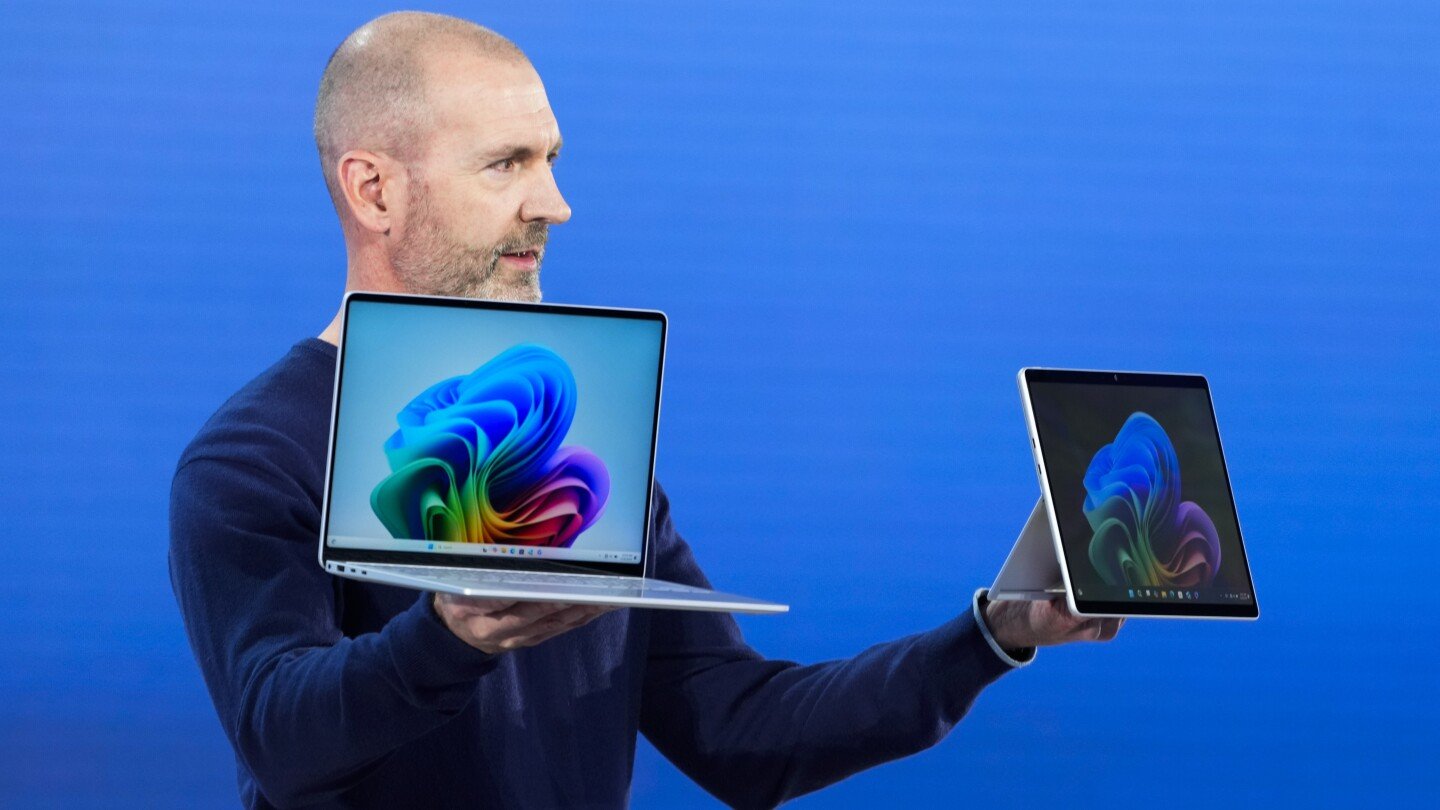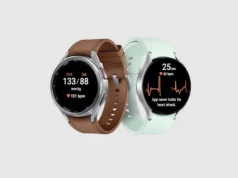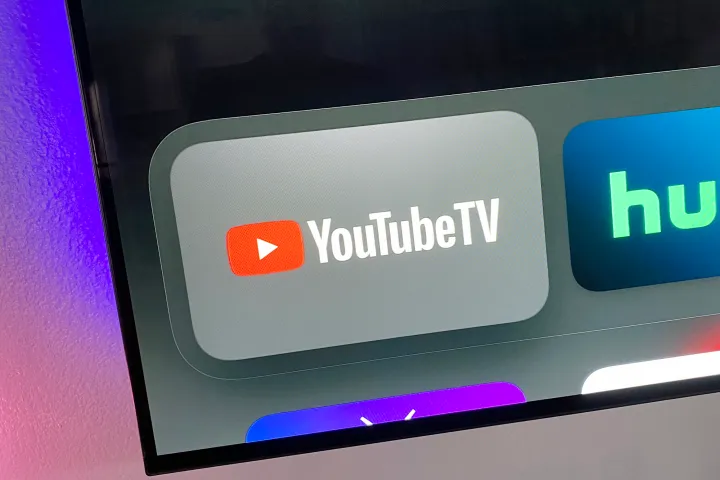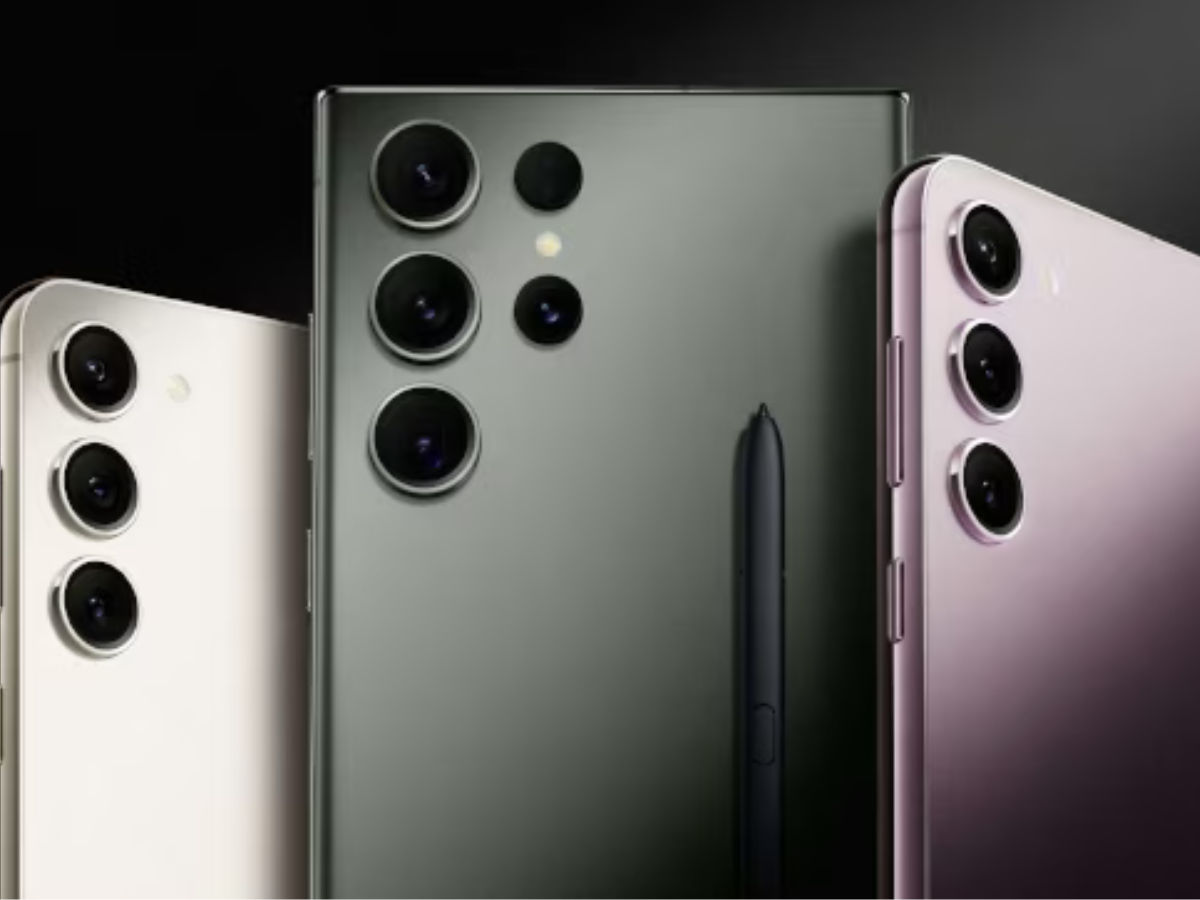Microsoft’s latest AI feature, “Recall,” is set to debut on Windows 11 PCs, and it’s already causing a stir among privacy advocates. The new tool aims to give users a “photographic memory” of their computer activities by taking periodic screenshots of everything displayed on their screen. While the feature promises to enhance productivity and ease of access to past activities, it has sparked significant concerns about user privacy and data security.
How Recall Works
Recall is designed to capture and store screenshots of your computer activities, making it easier to search for and revisit past actions. For example, if you search for a specific document or website you viewed previously, Recall can pull up relevant screenshots from various applications, such as PowerPoint, Excel, and Teams. This capability extends to messages shared on apps like WhatsApp and Messenger, providing a comprehensive log of your digital interactions.
The feature operates using a local neural processing unit (NPU), ensuring that all data is processed and stored on the user’s device. According to Microsoft, the captured data is encrypted using BitLocker or Device Encryption, depending on the version of Windows 11 being used. Users have the ability to manage, clear, or entirely disable the feature through the privacy settings on their device.
Privacy and Security Concerns
Despite Microsoft’s assurances, the Recall feature has raised alarms among privacy experts and regulatory bodies. The UK Information Commissioner’s Office (ICO) has launched an investigation to evaluate the safeguards Microsoft has implemented to protect user data. There are fears that the feature could be exploited by hackers if they gain access to a user’s device, potentially exposing sensitive information such as passwords and financial details.
Additionally, privacy advocates worry about the potential misuse of the feature by employers. If companies mandate the use of Recall on employee devices, it could lead to invasive surveillance practices, eroding worker privacy and creating a “Big Brother” environment.
User Reactions and Expert Opinions
Public reaction to Recall has been mixed. Some users appreciate the potential productivity benefits, while others express deep concerns about the privacy implications. Critics argue that the feature could have a “chilling effect” on how people use their computers, deterring them from accessing certain websites or documents due to constant monitoring.
Experts in the field of artificial intelligence and privacy, like Professor Jen Golbeck from the University of Maryland, highlight that while data may stay on the device, it doesn’t mean it’s entirely secure. The ability of Recall to capture everything displayed on the screen, regardless of the application, poses a significant risk if standard security protocols are not followed by all apps.
Microsoft’s Position and Future Steps
In response to the backlash, Microsoft has emphasized that Recall is an optional feature that can be easily disabled. The company insists that the feature is privacy-focused, with all data stored locally and not used to train AI models. They also point out that users can exclude certain apps and websites from being monitored and set limits on the duration for which screenshots are stored.
As the rollout of Recall approaches, Microsoft faces the challenge of balancing innovation with user trust. Ensuring robust privacy controls and transparent user options will be crucial in addressing the concerns raised by both experts and the general public.
The introduction of Microsoft’s Recall feature in Windows 11 highlights the ongoing tension between technological advancements and privacy rights. While Recall offers a unique way to enhance user productivity, it also underscores the importance of stringent data protection measures. As Microsoft navigates these challenges, users must remain vigilant and informed about the tools they use and the potential implications for their privacy.


















